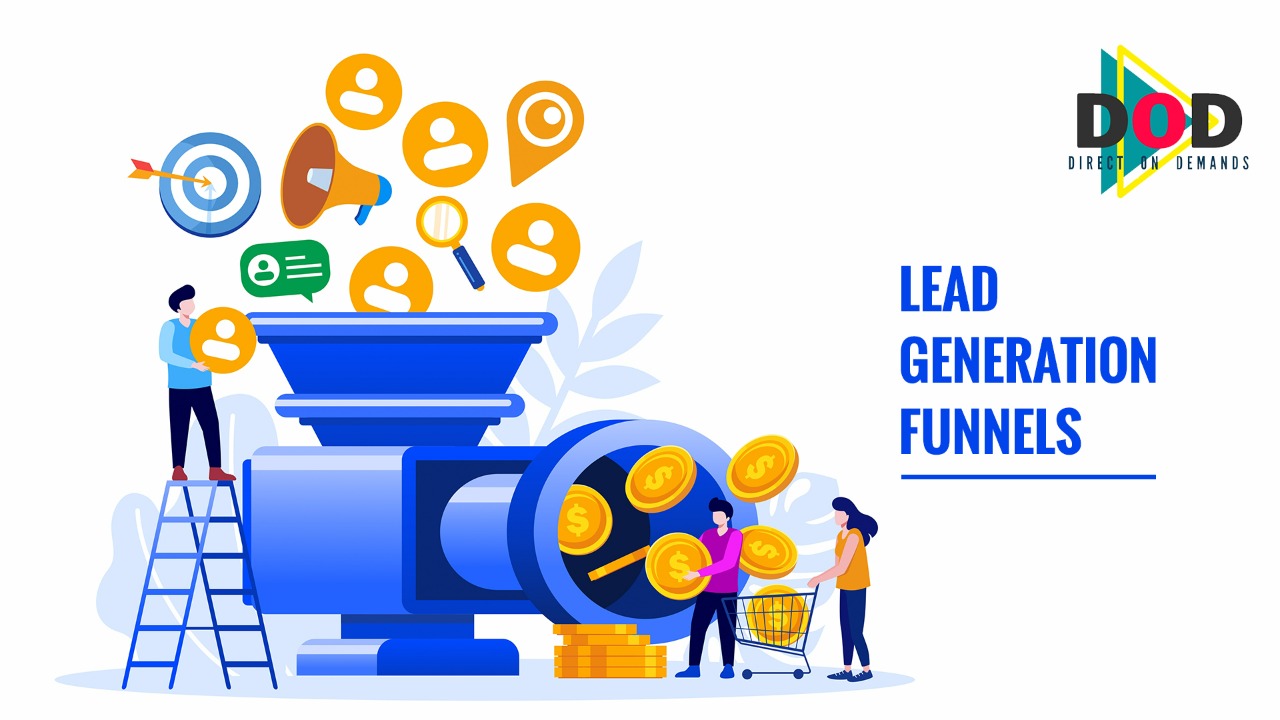Aim For the Big: the Future of Demand Generation
The biggest challenge for today’s brands is creating demand for their products and services.
Demand generation is all about identifying potential prospects and guides them through a nurturing process so that the sales team receives high-quality, highly qualified leads. This is the reason why demand generation has quickly risen as one of the most popular marketing strategies for B2B companies. Its all-encompassing nature provides a consistent, streamlined, and highly effective strategy for engaging with prospects until converting them as customers.
Depending on your industry type, ideal customer profile (ICP), and personas, this may include a combination of:
- Outbound sales
- Content marketing
- Search engine optimization (SEO)
- Upselling or cross-selling to existing customers
- Search engine marketing (SEM)
- Direct mail
- Email marketing
- Affiliate and referral programs
- Social media marketing
The ways to improve demand generation in 2021 & beyond Demand generation involve every stage of the marketing funnel — from bringing an unknown visitor to your website to converting that visitor into a paying customer. If demand generation involves numerous disciplines, departments, and stakeholders, what can you do to maximize its impact on your business? Here are four steps to take in 2021.
1.Your website isn't attracting visitors
Your potential customer has to know about your product or service before they can purchase it, so a successful demand generation strategy begins with brand awareness. If people aren't even reaching your webpage in the first place, you could have issues with your brand identity, blogging system, SEO strategy, social media strategy, or persona development.
2.Maximize the impact of your future demand generation efforts by setting up SMART Goal
Generating demand in a steady, predictable, data-driven way requires forming your strategy with concrete goals in mind. By maximizing sales and marketing efforts to set smart goals and then aligning those goals with your buyer's needs, you can develop a more focused strategy.
3.Start with an objective view of your existing demand generation efforts
The best B2B demand generation strategies work backward from an ideal customer profile. Whether you realize it or not, you already have programs in place that generate demand. Customize the report to include the originating source, such as outbound sales, existing customer upgrades, paid ads, social media, etc. Now analyze the data to understand where revenue is coming from. Visualizing your data as a pie chart can be simple. Yet, effective way to understand what’s working and what’s not.
4.Align your sales & marketing teams for Support and Enablement
Traditionally, a marketer's job ends as soon as they pass leads over to sales. Unfortunately, they’re rarely in alignment with one another. As per modern demand generation strategy, the marketer needs to work closely with the sales team to align lifecycle stages, offer support and develop a holistic approach for closing more deals and retaining more successful customers. The alignment here is required because sales and marketing teams tend to be the largest generators of demand for companies.
By following all the above demand generation strategies, marketers & sales professionals of the B2B service industry could understand how this can help them drive more leads, book more meetings for sales teams and generate more revenue.
If you are looking for expert assistance in creating more prospects for your business and improving the overall transformation rate, Direct On Demands would love to be your partner.







0 Comments